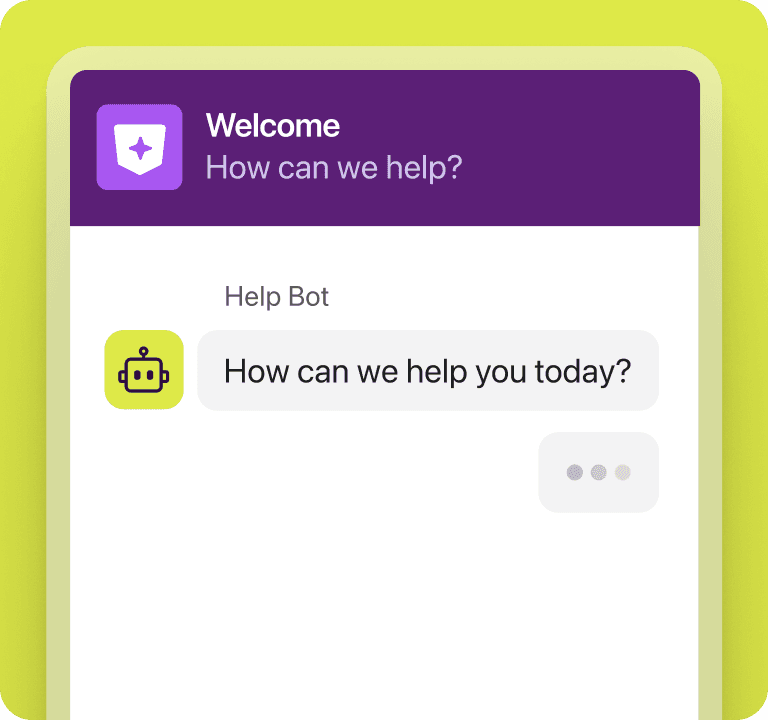Use Cases
All-in-one support platform
Collaborative shared inboxes
Personalized service at scale
Key Features
Every channel in one inbox
Resolve faster than ever
Work faster, together
Real-time support and bots
Track support requests
Deflect support questions
Surface key customer insights
Organize, route, and resolve
Real-time service metrics
Connect to other systems
Deliver top-tier support across all your channels
Delight customers with lightning-fast resolutions on every channel. Manage email, voice, chat and more — all in one modern, AI-powered platform.
All your channels. One powerful workspace. Exceptional support, simplified.
Route queries to the right person or team so customers get answers fast.
Get the customer details and conversation history you need, summarized by AI.
Provide support across channels based on your conversations and any help content.


Seamless solutions for your customers. A single pane of glass for your team.
Track and resolve issues at scale across email, chat, SMS, and more

Slash response times with AI that taps into your knowledge sources

Leverage customer context for personalized support, even at scale

Get a complete view of customer satisfaction and team performance


Easily scale VIP support on Slack
Respond and react to customer conversations in real time — including from private Slack channels — without leaving Front. Want to group sequential messages? Thread messages in Front like you would in Slack. Need to react with the perfect emoji? Our reimagined Slack integration makes it easy.
Always on. Always helpful. Everywhere your customers are.

Take control of your shared inbox with fast collaboration and smart automation

Front Chat
Help customers in-the-moment with AI-powered live chat

Voice & SMS
Handle calls and SMS messages directly from your inbox

Connect with customers around the clock with WhatsApp message templates

Social Media
Manage social posts, comments, and messages in Front

Slack
Seamlessly handle Slack support with scalable, structured workflows
Explore the all-in-one platform built for five-star service



Ready to deliver exceptional service with Front?

Frequently asked questions
Can’t find the answer here? Our support team is happy to help.
Front offers email, voice, chat, SMS, social media (including Facebook and Instagram), WhatsApp, Slack, and more. Looking to integrate a third party channel? Check out our integrations with top applications or build your own custom channel with our open API.
Most channels are included on the current Professional plan and above. Please review our pricing page for full details on our plans and the WhatsApp premium add-on.
Front makes it easy to create automations tailor made for your business: from automated routing and tagging to complex escalation workflows. Check out our automation tools like rules, tags, macros, and Connectors to see how you can streamline workflows across your support channels.


